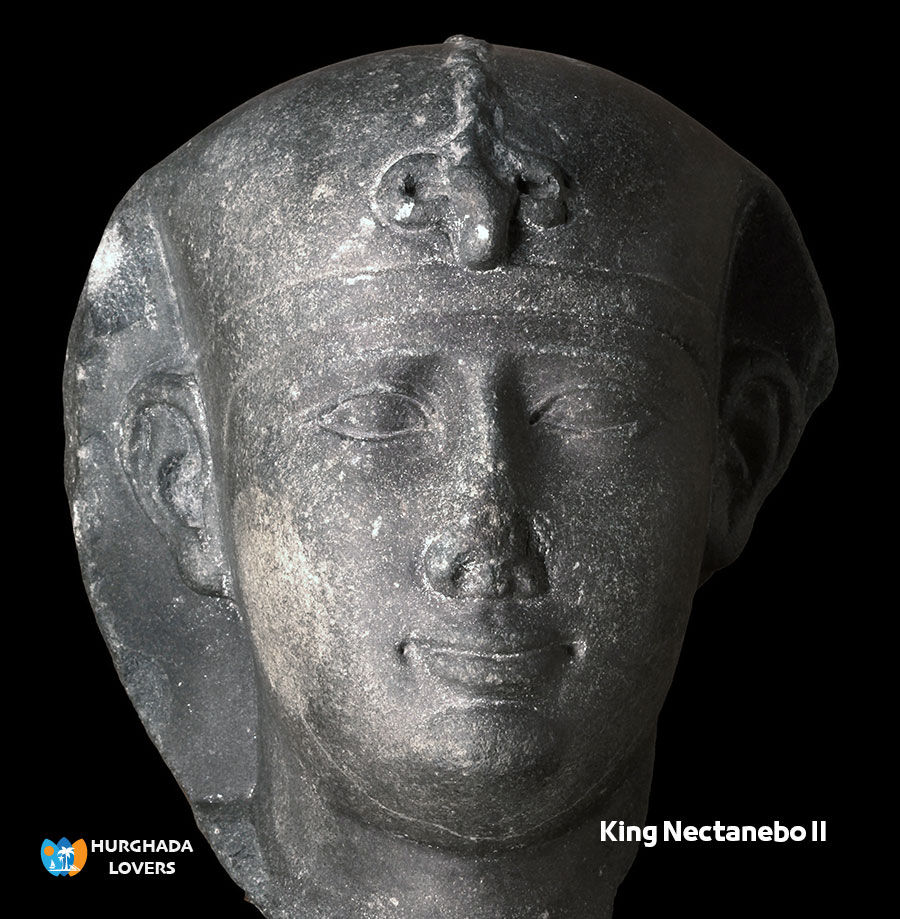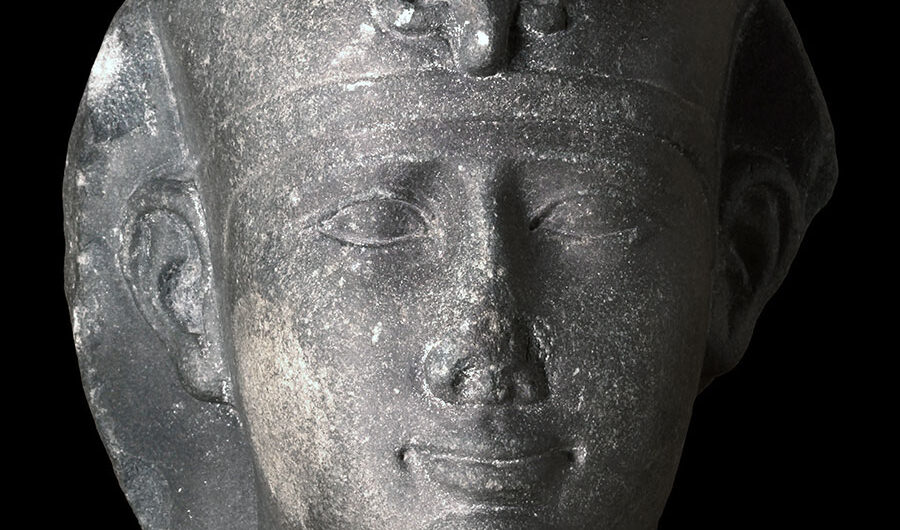King Nectanebo II – Egyptian Pharaohs kings– Thirtieth Dynasty of Egypt
Facts about ancient Egyptian civilization and the history of Nectaneb II, the last king of the ancient Egyptian Pharaohs, the Thirty Egyptian Dynasty.
secrets about the history of the Pharaonic civilization, biography, achievements, tomb, Mummy, the life and death of the king, his Pharaonic Egyptian Monuments, and more Ancient Egypt History.
King Nectanebo II Facts
Ruling period in Ancient Egyptian Government: 359–341 BC
Father: King Tja Hap Imo.
Antiquities: Jarwaq statue, an obelisk of the most famous pharaohs’ Obelisks made of black siltstone “Ancient Egyptian Metallurgy”, a Pharaonic sarcophagus “Ancient Egyptian Coffins“, a papyrus one of the most famous Ancient Egyptian Papyrus.
Nectanebo II is also known by another name for him, Nectaneb II, as the name in the ancient Egyptian language is Nakht-Horp or Nakht-Har-Hub, which means in the Ancient Egyptian Language he is the strong one..
He also managed to rule the country during that period from 360-342 BC.
He was considered the third king and at the same time the last in the rule of the Thirty Egyptian Dynasty. In addition to being, he is considered the last ruler who was able to take power in ancient Egypt, but from among its indigenous people, and to receive the Coronation of the Pharaohs..
Under the rule of the Egyptian King Nectanebo II, Egypt flourished with Industry in ancient Egypt, the craft of Sculpture in Ancient Egypt, and Ancient Egyptian science.
During his reign, he succeeded in having the masses of Egyptian artists inside Egypt develop a new artistic style in Ancient Egyptian Literature and Music in Ancient Egypt, where he actually succeeded in leaving a wonderful mark that, at the time, was very distinctive on the inscriptions of the Ptolemaic Kingdom era..
Like the drawings that belonged to his indirect predecessor during the reign of King Nectanebo I.
Also, during his rule of the country, the great ruler Nectanebo II had already shown great enthusiasm for many of those religious sects related to the worship of the ancient Egyptian gods “Egyptian deities” that were followed in the Ancient Egyptian religion..
All of this is proven by tangible facts, as evidenced by the great interest that the world has received is more than a hundred sites, all of which are dedicated solely to construction in Egypt..
King Nectanebo had carried out a lot of construction and restoration work that had continued for approximately more than the reign of King Nectanebo I, and the most important of them was the construction of the huge temple of the God Isis..
How was the end of his reign?
For several years, the very great ruler Nectanebo II had succeeded in constant, desperate attempts to repel all attempts launched by the enemy to invade the country, most of which were by the Achaemenid Empire..
But despite this, there were a greater number of those reasons that caused the weakness, one of which was his exposure to direct political betrayal by his former servant known as Mantur Al-Rawdsi..
Accordingly, King Nectanebo II was actually defeated and eventually fell from his throne, and the overwhelming determination of the Persian army defeated the Greek forces in the famous battle of Pelusium, and that was in the year 343 BC..
How did he gain power?
During the reign of that great king, religion played a very important role in taking over political matters in the state, whether internal or external, and Social Structure in Ancient Egypt during the rule of King Nectanebo II..
He began his reign by supervising the funeral of the Apis bull in Memphis.
King Nectanebo II also added decorations to the eastern and western Egyptian Temples of Apis.
One of the most important and prominent establishments that were built during the reign of King Nectanebo II was the Temple of Khnum in Elephantine Island in Aswan, along with the Temple of the God Amun, which was built in Sekhtam (Matruh) today..
Note: Facts and secrets of the history of the Pharaoh kings will be added soon…
Hurghada Excursions Lovers, Best Travel Agency in Hurghada to provide daily tours to visit the Tourist attractions of Luxor by Hurghada to Luxor Tours and Hurghada to Pyramids Trips. Book online when you come to Hurghada, El Gouna, Sahl Hashish, Makadi Bay, Soma Bay.

